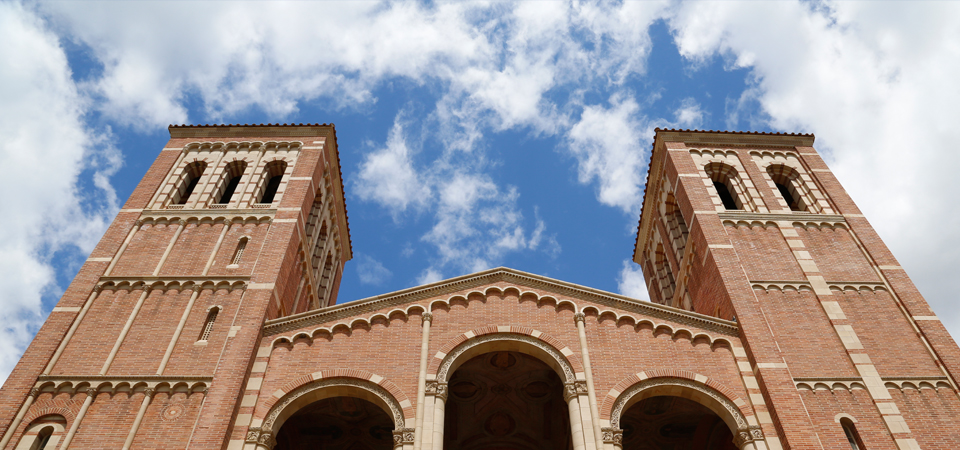The state budget continues to be a point of debate among California legislators and the UCLA community at large. Learn the facts about how much money the state contributes to the UCLA budget and which items and services that money specifically pays for.
MYTH: Because the state budget allocation is such a small part of UCLA’s total budget, the university can do without California’s support.
THE FACTS
• State funds account for 31 percent of UCLA’s core operating budget.
• UCLA’s core budget pays for basic academic programs, faculty salaries, operations of academic departments, core administrative needs, the police department, utilities and more — these funds “keep the lights on” at the university.
• The university brings in other revenue from housing, the medical enterprise, research grants, gifts made for specific purposes, UCLA athletics, ASUCLA and other sources, but most of those funds are restricted and cannot be used for general operating costs, i.e. “keeping the lights on.”
• The recession and state funding cuts have significantly decreased the state’s investment in UCLA.
• In 2008, the state provided $642 million to UCLA, or roughly $16,786 per student. Student tuition and fees were $6,636 per student.
• In 2015, the state provided $440 million to UCLA, or roughly $10,827 per student. Student tuition and fees are now $12,192.
• While state funds make up a smaller percentage of UCLA’s $6.9 billion total operating budget, state funding is critical as it leverages other funding streams including federal and corporate grants, private gifts and endowments, which fuels UCLA’s status as a world-class university.




